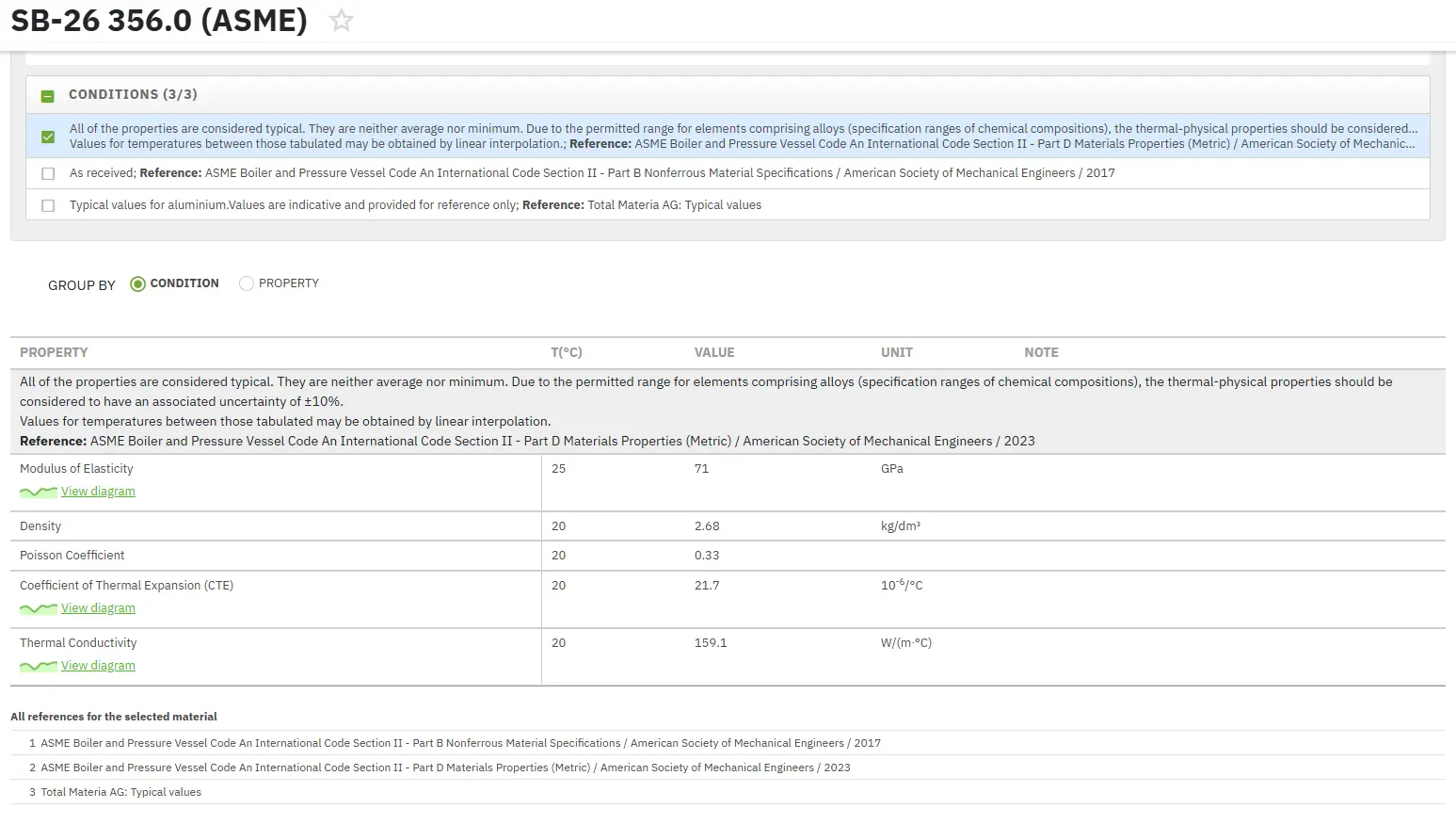Introduction to Additive Manufacturing: Part Four
Abstract
Additive manufacturing technology builds 3D geometries by successive addition of material including powders, plastics, ceramics or even liquids.
A product produced using additive manufacturing is determined by basic and key factors including material type, feedstock used, and material shaping.
Additive manufacturing technology applies the additive shaping principle and thereby builds physical 3D geometries by successive addition of material. ‘Addition of material’ means that units of material feedstock are brought together and joined, most commonly layer by layer to build a part. The determining factor for each process is in the technique used for adding the materials. This determines, as an example, what types of materials are possible in the process, as different materials have different principles of fusion or adhesion.
Basically, for additive manufacturing processing, the product's fundamental properties are determined by a) material type (polymer, metal, ceramic or composite, etc.) b) principle applied for fusion or bonding (melting, curing, sintering, etc.) c) feedstock used for adding material (liquid, powder, wire, filament, sheet, etc.) d) how the material is shaped (type of machine, machine architecture, etc.) The process of successively adding material to build a part makes the properties of the material in this part highly dependent on the machine type and the processing and post processing parameters in the additive operation. Therefore, it is not possible to accurately predict these material properties without coupling them to a specific type of machine and process parameters.
A layered approach to the additive shaping of parts may also cause directional dependence in the material properties. Therefore, material properties in an AM part may be dependent on the part's orientation and position in the build space during processing.
Research related to additive manufacturing covers a very wide range of materials and the easiest albeit not the most scientific way to classify these materials is into “plastics”, powders and liquids. These clusters broadly correspond to different types of AM processes. “Plastics”, can be thermoplastics, but can also refer to uncured thermosets, pastes, hydrogels and similar extrudable materials that are usually used in FDM-type processes. Powders are usually used in (laser) sintering processes and liquids are used in jet printing or stereolithography processes. AM is a very ‘hot’ research topic and myriads of novel materials are being developed. Below is only a selection of the recent research.
Plastics
Many ‘conventional’ thermoplastics and thermoplastic rubbers have been studied and patented for use in AM. Examples are polypropylene (PP), acrylonitrile-butadiene-styrene copolymers (ABS), polyesters, thermoplastic polyurethanes (TPU), olefin block copolymers and vinyl aromatic-diene block copolymers like styrene-butadiene-styrene type block copolymers (SBS and SEBS). Polyethylene oxide-modified poly formaldehyde and polyphenylene sulfide (PPS) are some examples of less conventional thermoplastic patented for use in AM.
Powders
Powders are mostly used together with (laser) sintering- or laser depositing processes. Most research appears to be directed toward metal powders like specific types of steel or titanium or metal alloys, for example alloys of nickel or titanium which are often used for medical implants. As a metallic shape memory alloy.
Ceramic and metal-ceramic alloy powders are also studied quite intensively. Ceramics are harder and less dense than most metals and more heat and corrosion resistant than most polymers. 3D printed ceramic objects usually require and extra post-processing step to sinter the particles. Polymer powders useful for selective laser sintering or other AM processes are also patented. Some examples are ABS, SBS, TPU, poly phenylenether) (PPE), Polysulfone and poly (vinylalcohol) (PVA). Less common materials are carbon powder, “walnut sand”, wood powder and PVC/wood (WPC) powder which is said to be useful for the AM of sound insulating materials.
Liquids
Liquids used in AM need a curing mechanism, usually triggered by some kind of energetic radiation, but other chemical reactions can be used as well. Stereolithography or 3D ‘inkjet’-printing are the most common AM processes that use liquids. Examples of materials used as liquids are acrylates, UV curable silicones and polycarbonates. Thermoset polymers can also be printed as liquids like for example two component polyurethane systems.
Trova all'istante proprietà precise dei materiali!
Total Materia Horizon contiene proprietà fisiche, termiche ed elettriche per centinaia di migliaia di materiali, per diverse temperature, e molto altro.

Ottieni un account di prova GRATUITO su Total Materia Horizon e unisciti a una comunità di oltre 500.000 utenti provenienti da più di 120 paesi.